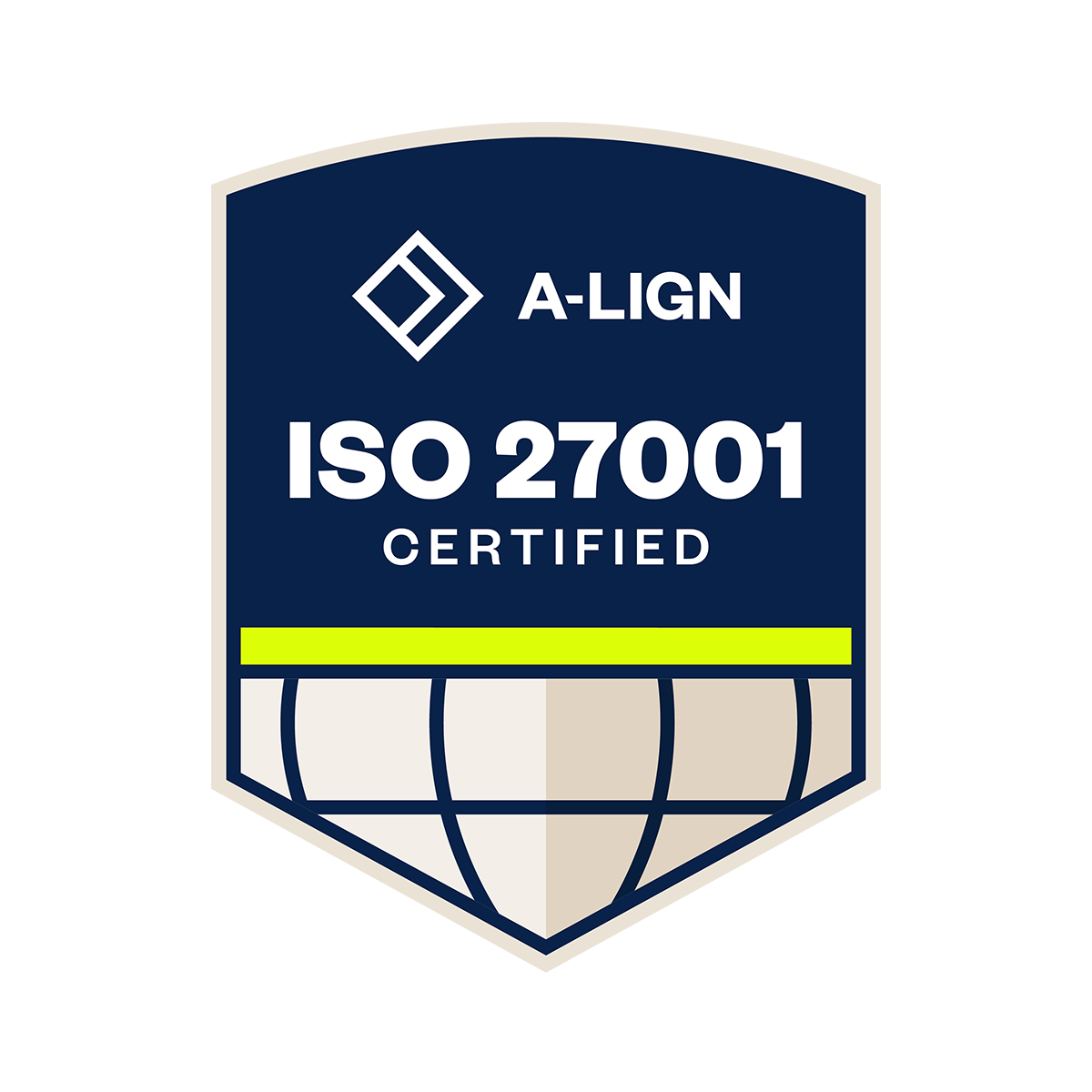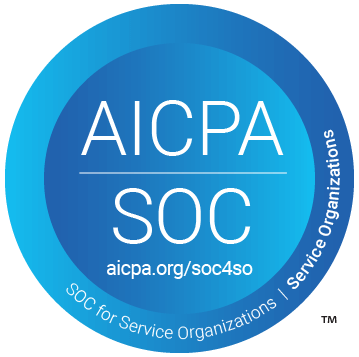This blog was updated in June 2022 to include steps and tips for receiving budget approvals.
We talk a lot about how to build, structure and improve an emergency management program, but it’s time to look at the finer details and far less thrilling tasks, like budgeting. The boring truth is that properly budgeting your program is equally important as the other critical pieces.
January is a key time for many emergency managers in higher education (and other industries). Your budget will soon be due, and it’s time to consider how your department’s funds should be spent. If you want new tech or just resources to help your program grow, now’s the time to push for them. Getting those resources depends, however, on strategically constructing your budget.
The Budget Essentials
Before budgeting for your wish list, you have to consider the essentials. These are the cornerstones of your program.
Account for the foundational pieces, as they’ll be recurring expenses for your department. Most of these items will probably have a recurring fee. Your emergency notification system, an app for students and staff, weather tracking software and other must-have items should all have their own line.
Next, you should consider what maintenance and equipment replacements your program needs. Ensure you can keep the standard you’ve set for your program over the last few years. You want to guarantee your capabilities as a department don’t diminish year after year. See if your hardware—phones, radios, antennae, lights, alarms, speakers, etc.—should be replaced.
Think of the continuity of your program through the year too; do you need to buy spares of anything? Even if you really want your wish list items, don’t sacrifice the ability of your department to respond to emergencies for them.
Improving through Corrective Actions
Corrective actions deserve the most attention during the budgeting process.
You know what gaps your program has from emergencies and other operations during the last few years. After you’ve made sure your budget covers the essentials and yearly maintenance costs, it’s time to see how you can allocate funds to resolve your department’s pain points.
Now this is a good time to explore the different ways those pain points could be resolved. Have your wish list handy while you do this, and see if any of the items on that list could make the difference.
For example, after action reports from a response the previous year pinpoint communication between departments as a gap in your program. While emails, texts, calls and notifications do get messages to stakeholders in these scenarios, these channels don’t enable real-time communication or meaningful collaboration.
Another example: you find certain stakeholders or departments struggle to submit damage assessments in a timely fashion. The only recourse you have is to send emails to them and their supervisors, if necessary. There’s no guarantee, however, these colleagues see your messages, and because of that, some of the damage assessments are still incomplete.
Could a tool or item on your wish list, in either of these scenarios, bridge these gaps? Would a platform help facilitate communication, or push teams to complete their responsibilities more quickly? If there’s enough to support an item on your wish list can fulfill a corrective action, it’s an opportunity to get buy-in for the item as well.
Showing how wide-spread the good influence of addressing a corrective action will help your case. Take increased training for staff as a corrective action as a blueprint for how to do this. Certain tools could make scheduling and performing training sessions for staff much simpler, and ultimately improve emergency responses. The benefits are far-reaching and tangible during events; take opportunities like these to fulfill your corrective actions and strike items from your wish list.
The Wish List
If there’s an exciting piece to budgeting, it’s the wish list.
You can produce this list from a number of sources. Recall your conference experiences and what tools you saw being promoted there. Have other EMs been buzzing about anything in particular?
The best way to compile this list, and prioritize acquiring those items, is to ask yourself one question about each item: Can this item help your program grow and be more robust?
Your wish list doesn’t have to solely be items, like tools, platforms or equipment. If your department could benefit from more personnel, put it on the list. Training is another great item to include on your wish list, as well.
Getting the Stamp
Building lists of essentials, nice-to-haves, and stopgaps are difficult on their own. Once your program has these parts nailed down, there’s another challenge to tackle: securing approval.
Anything you include in your budget submission should have a reason for being there. A justification for every line item is a strength and will make your department’s budget approval submission go smoothly.
Documentation is always valuable. And with a culture within your EOC built on documentation, you can find a demonstrable causes from past events and activations for why your EOC and department need the tools included within your budget.
Setting goals with your proposed budget may also increase its chances of receiving approval. Call out what the enhancements and staples within your budget can facilitate, and the return on meeting those achievements.
Maybe Budgeting Can be Fun
Sure, budgeting is a chore, but if you do it strategically, it will (probably) be enjoyable.
Your understanding of your department’s needs is your best player when asking for new items in your budget. Secure your program’s essentials, and use your corrective actions to get items from your wish list. This time of the year is an opportunity for you to not only envision your program’s future, but make it possible.








